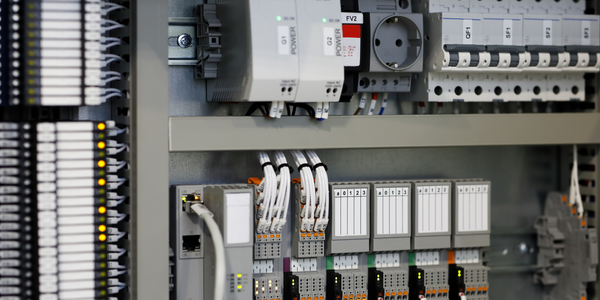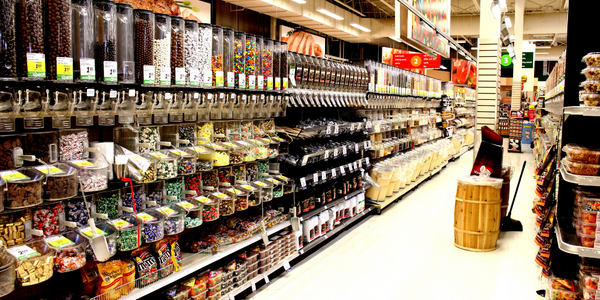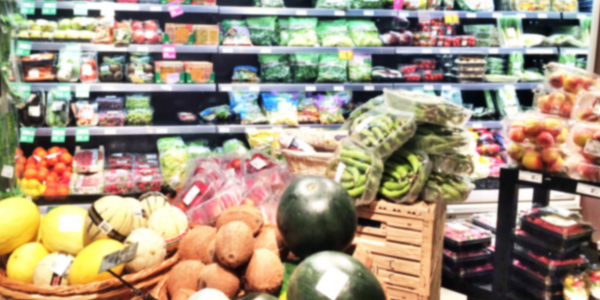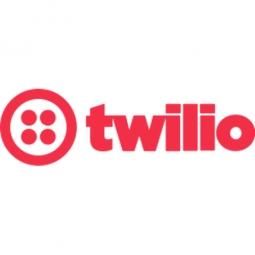公司规模
Large Corporate
地区
- America
国家
- Mexico
- United States
产品
- Twilio Segment
- Twilio Engage
- Snowflake
技术栈
- Customer Data Platform
- Data Lake
- SQL
实施规模
- Enterprise-wide Deployment
影响指标
- Cost Savings
- Revenue Growth
- Productivity Improvements
技术
- 平台即服务 (PaaS) - 数据管理平台
- 分析与建模 - 预测分析
适用行业
- 零售
- 电子商务
适用功能
- 销售与市场营销
- 商业运营
服务
- 数据科学服务
- 系统集成
关于客户
Founded in 1960, Domino's Pizza is the largest pizza company in the world based on retail sales. It ranks among the world's top restaurant brands with a global enterprise of more than 17,200 stores in over 90 markets. With an emphasis on technology innovation, Domino's has been able to achieve more than half of all global retail sales in 2019 from digital channels. In Mexico, the brand’s customer interactions span dozens of digital touch points across every aspect of the business. The number of applications that Domino’s has added to service all of these channels has similarly increased. As a result, the customer data was chaotic. Instead of being accessible across every team, data was stuck in silos with different teams having different information. Twilio Segment became the heart of Domino’s digital transformation, helping to build a more efficient and reliable marketing engine which resulted in decreased customer acquisition costs by up to 65% and increased customer loyalty.
挑战
In order to keep up with an expanding digital footprint and an increasingly online customer, Domino’s needed to turn its focus to online delivery and build more engagement across its digital platforms. However, customer interactions spanned dozens of digital touch points across every aspect of Domino's business, leading to data being stuck in silos. This prevented the marketing team from personalizing campaigns based on customers’ behavior, resulting in poor customer experiences that impacted lifetime value. Additionally, Alsea, Domino’s parent company in Mexico, was relaunching its loyalty program and needed a single view of the customer to personalize coupons and email messaging across its brands. At the time, every brand under the Alsea umbrella had a separate stack and set of data.
解决方案
Domino’s turned to Twilio Segment to create a universal view of the customer, better visibility of ad campaign effectiveness, and create hyper personalized audiences with Twilio Engage to increase ROAS, revenue, and incremental orders across all paid and owned e-commerce channels. Alsea created a data lake in Snowflake, powered by Twilio Segment’s Customer Data Platform, to collect and consolidate all of its customer data across 16 brands including Domino’s. By partnering with Twilio Segment, Alsea significantly simplified its data collection process across all its digital properties with a single API. This enabled Alsea to break down data silos using a data pipeline that scales across all customer touch points. Once Alsea had control over where data was flowing to downstream tools and ensuring the right data was going to the right destinations, Domino’s could take advantage of Twilio Segment for more relevant cross-sell/upsell campaigns via personalized offers. Domino’s had launched a series of Facebook and Google ads campaigns to influence customer conversion and retention. To make these campaigns as effective as possible, Domino’s built audiences using Twilio Segment Twilio Engage SQL traits using a recency, frequency, and monetary value (RFM) model. Domino’s then sent these audiences, which are built directly on top of complete customer data sources, to its ad-tech partners with Twilio Segment to target the right customers at the right time with the right messaging.
运营影响
数量效益

Case Study missing?
Start adding your own!
Register with your work email and create a new case study profile for your business.
相关案例.

Case Study
Improving Production Line Efficiency with Ethernet Micro RTU Controller
Moxa was asked to provide a connectivity solution for one of the world's leading cosmetics companies. This multinational corporation, with retail presence in 130 countries, 23 global braches, and over 66,000 employees, sought to improve the efficiency of their production process by migrating from manual monitoring to an automatic productivity monitoring system. The production line was being monitored by ABB Real-TPI, a factory information system that offers data collection and analysis to improve plant efficiency. Due to software limitations, the customer needed an OPC server and a corresponding I/O solution to collect data from additional sensor devices for the Real-TPI system. The goal is to enable the factory information system to more thoroughly collect data from every corner of the production line. This will improve its ability to measure Overall Equipment Effectiveness (OEE) and translate into increased production efficiencies. System Requirements • Instant status updates while still consuming minimal bandwidth to relieve strain on limited factory networks • Interoperable with ABB Real-TPI • Small form factor appropriate for deployment where space is scarce • Remote software management and configuration to simplify operations

Case Study
Digital Retail Security Solutions
Sennco wanted to help its retail customers increase sales and profits by developing an innovative alarm system as opposed to conventional connected alarms that are permanently tethered to display products. These traditional security systems were cumbersome and intrusive to the customer shopping experience. Additionally, they provided no useful data or analytics.

Case Study
How Sirqul’s IoT Platform is Crafting Carrefour’s New In-Store Experiences
Carrefour Taiwan’s goal is to be completely digital by end of 2018. Out-dated manual methods for analysis and assumptions limited Carrefour’s ability to change the customer experience and were void of real-time decision-making capabilities. Rather than relying solely on sales data, assumptions, and disparate systems, Carrefour Taiwan’s CEO led an initiative to find a connected IoT solution that could give the team the ability to make real-time changes and more informed decisions. Prior to implementing, Carrefour struggled to address their conversion rates and did not have the proper insights into the customer decision-making process nor how to make an immediate impact without losing customer confidence.

Case Study
Ensures Cold Milk in Your Supermarket
As of 2014, AK-Centralen has over 1,500 Danish supermarkets equipped, and utilizes 16 operators, and is open 24 hours a day, 365 days a year. AK-Centralen needed the ability to monitor the cooling alarms from around the country, 24 hours a day, 365 days a year. Each and every time the door to a milk cooler or a freezer does not close properly, an alarm goes off on a computer screen in a control building in southwestern Odense. This type of alarm will go off approximately 140,000 times per year, equating to roughly 400 alarms in a 24-hour period. Should an alarm go off, then there is only a limited amount of time to act before dairy products or frozen pizza must be disposed of, and this type of waste can quickly start to cost a supermarket a great deal of money.

Case Study
Supermarket Energy Savings
The client had previously deployed a one-meter-per-store monitoring program. Given the manner in which energy consumption changes with external temperature, hour of the day, day of week and month of year, a single meter solution lacked the ability to detect the difference between a true problem and a changing store environment. Most importantly, a single meter solution could never identify root cause of energy consumption changes. This approach never reduced the number of truck-rolls or man-hours required to find and resolve issues.








